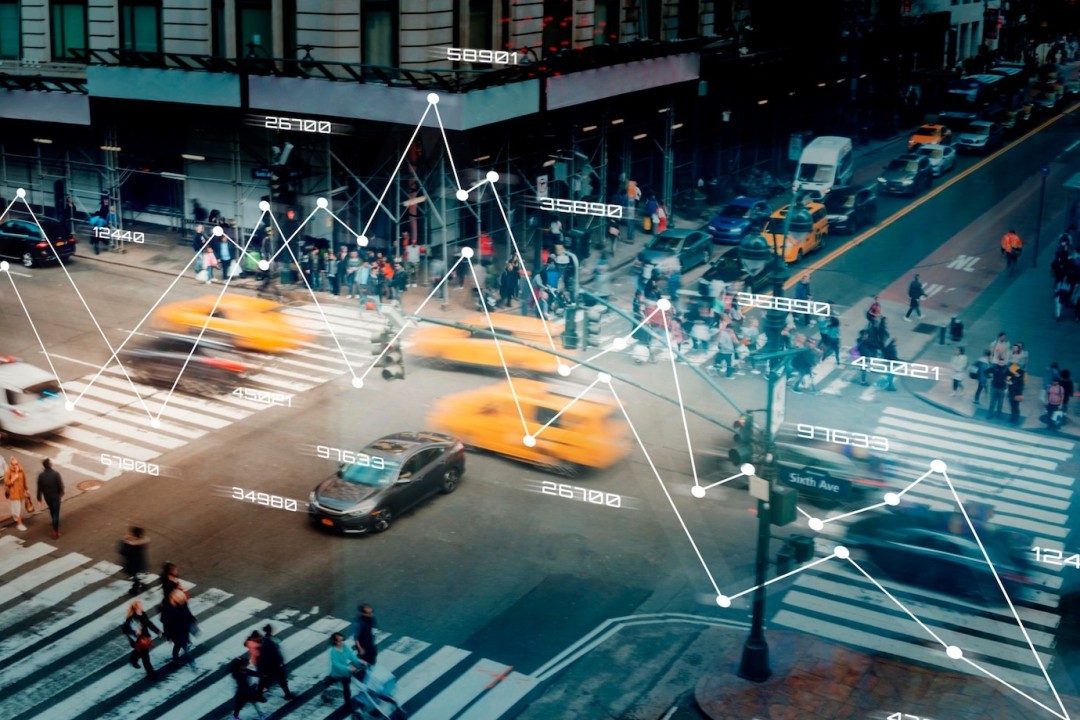In the not-so-distant future, the roads we travel may look vastly different from what we're accustomed to today. With the advent of autonomous vehicles (AVs), powered by artificial intelligence (AI), transportation as we know it is undergoing a profound transformation. From reducing accidents and congestion to revolutionizing urban mobility, the rise of AVs promises to reshape the way we move and interact with our environment.
The Promise of Autonomous Vehicles

At the heart of the autonomous vehicle revolution lies a vision of safer, more efficient, and sustainable transportation systems. By harnessing the power of AI, AVs have the potential to mitigate human error, which is a leading cause of traffic accidents worldwide. Through real-time data processing, sensor fusion, and machine learning algorithms, AVs can perceive and respond to their surroundings with precision and agility, making split-second decisions to avoid collisions and navigate complex road scenarios.
Moreover, autonomous vehicles hold the promise of reducing traffic congestion and optimizing road usage. Through connected vehicle technology and intelligent traffic management systems, AVs can communicate with each other and with infrastructure, coordinating movements and optimizing traffic flow to minimize delays and maximize throughput. This can lead to shorter commute times, reduced fuel consumption, and lower greenhouse gas emissions, contributing to a more sustainable and environmentally friendly transportation ecosystem.
The Role of AI in Autonomous Driving
Central to the operation of autonomous vehicles is the sophisticated AI technology that powers their perception, decision-making, and control systems. Through a combination of sensors, including cameras, lidar, radar, and ultrasonic devices, AVs gather rich streams of data about their environment, detecting objects, identifying obstacles, and predicting trajectories with remarkable accuracy.
This raw sensor data is processed and interpreted by AI algorithms, which extract meaningful insights, classify objects, and anticipate potential hazards in real time. Deep learning models, trained on vast amounts of labeled data, enable AVs to recognize patterns, learn from experience, and adapt to diverse driving conditions, from bustling city streets to winding rural roads.
Furthermore, AI-driven localization and mapping techniques enable AVs to create detailed representations of their surroundings, including road layouts, traffic signs, and landmarks, facilitating precise navigation and route planning. By fusing sensor data with high-definition maps and leveraging cloud-based computing resources, AVs can continuously update their situational awareness and anticipate changes in road conditions, weather, and traffic patterns.
Challenges and Opportunities:
Despite the tremendous promise of autonomous vehicles, significant challenges remain on the road to widespread adoption. Technical hurdles, such as ensuring robustness and reliability in diverse operating environments, refining sensor technologies, and addressing edge cases and corner cases, pose formidable obstacles to overcome. Moreover, regulatory and legal frameworks must evolve to address liability, insurance, privacy, and cybersecurity concerns surrounding autonomous driving technology.
However, with concerted efforts from industry stakeholders, policymakers, and researchers, these challenges can be surmounted, unlocking a future where autonomous vehicles revolutionize mobility, accessibility, and urban planning. From enabling shared and on-demand transportation services to reimagining the design of cities and infrastructure, AVs have the potential to reshape the fabric of society and enhance the quality of life for people around the world.
Conclusion:
The rise of autonomous vehicles represents a transformative chapter in the history of transportation, propelled by advances in artificial intelligence, sensor technology, and data analytics. By harnessing the power of AI, AVs promise to usher in an era of safer roads, reduced congestion, and enhanced mobility for all. As we navigate the complexities and opportunities of this technological frontier, let us embrace the promise of autonomous vehicles as a catalyst for innovation, sustainability, and human progress.
For more information contact : support@mindnotix.com
Mindnotix Software Development Company


 AI-Taxi App
AI-Taxi App AI-Food App
AI-Food App AI-Property Mgmt App
AI-Property Mgmt App AI-CRM
AI-CRM AI-Fantasy App
AI-Fantasy App
 Web Development
Web Development App Development
App Development Business & Startup
Business & Startup Hire Developer
Hire Developer
 Digital Marketing
Digital Marketing Lead-generation
Lead-generation Creative Agency
Creative Agency Branding Agency
Branding Agency Augmented Reality
Augmented Reality Virtual Reality
Virtual Reality Internet of Things
Internet of Things Artificial Intelligence
Artificial Intelligence Blockchain
Blockchain Chatbot
Chatbot



